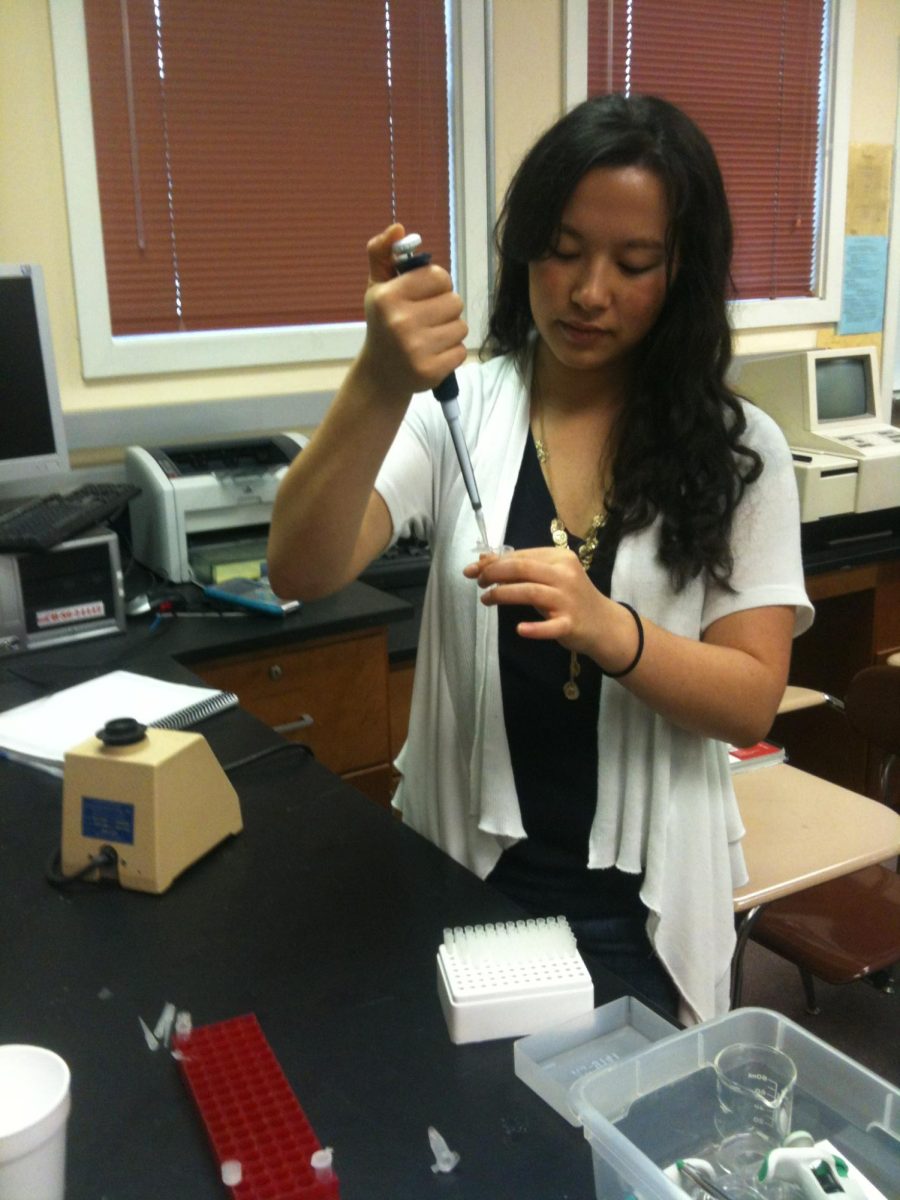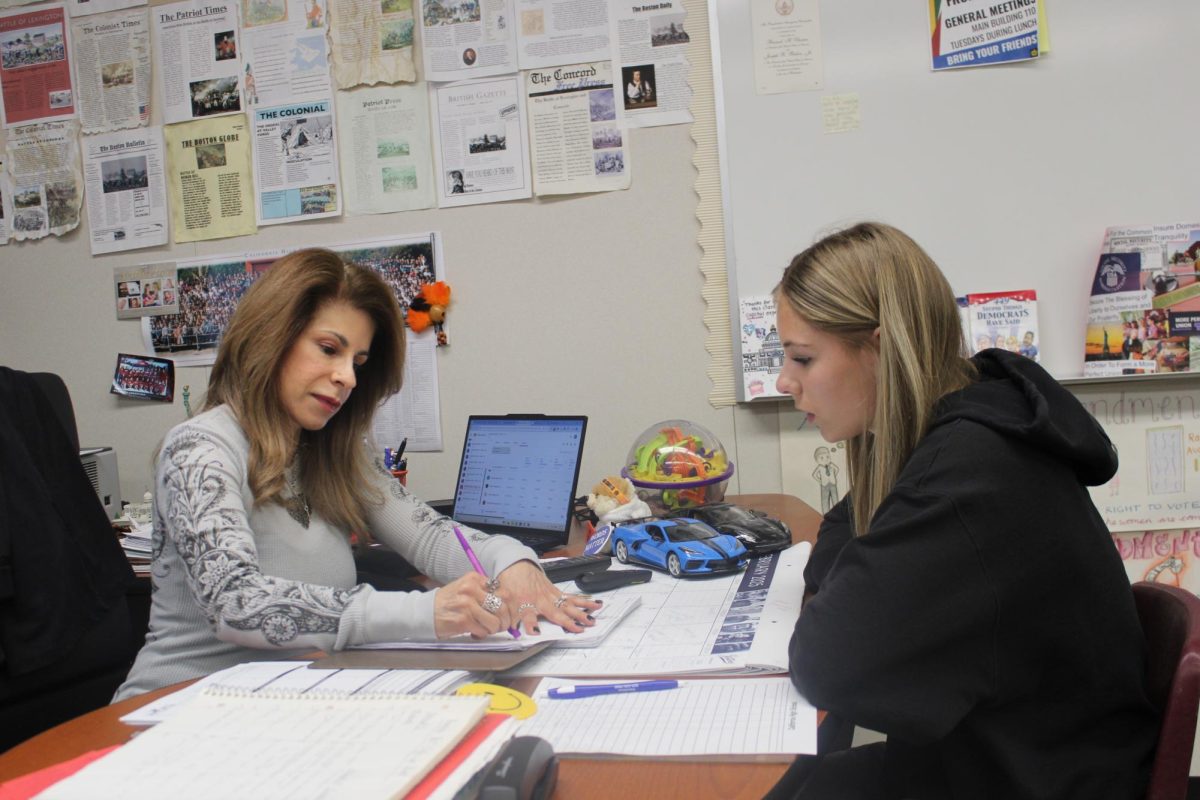By Shahzeen Nasim
When footage of his sexual encounter with another man was broadcast on the Internet last month, Tyler Clementi, an 18-year-old Rutgers student, jumped from the George Washington Bridge into the Hudson River and ended his life.
Around the same time, 13-year-old Seth Walsh hanged himself in his backyard after relentless bullying at his Fresno, Calif. middle school because of his sexual orientation.
In Greensburg, Ind., 15-year-old Bill Lucas hanged himself on Sept. 9. Two weeks after his suicide, Asher Brown, a 13-year-old in Houston shot himself after coming out as gay.
Both students reported taunting and bullying at school.
These incidents have brought nationwide attention to school policies on bullying and tolerance, especially when it comes to gay students.
While gay-rights supporters argue that effective anti-bullying programs at schools must address anti-gay harassment, conservative groups believe such an approach is a manipulative mechanism to change youth’s view on homosexuality.
In Minnesota’s Anoka-Hennepin School District, Superintendent Dennis Carlson has received hate mail from proponents of both sides of the issue.
The district has adopted a neutrality policy, focusing on the wrong actions of the bullies rather than qualities of the victims, according to the Contra Costa Times.
But administrators and teachers in the San Ramon Valley school district are adamantly against discrimination based on sexuality or any other personal quality.
“All bullying is in the same box,” said Principal Mark Corti. “The investigation starts at the same point and then consequences depend on the degree of the bullying.”
Most students view Cal’s atmosphere as tolerant and accepting, but some students report witnessing homophobic hate crimes.
Senior Brianna Maes, secretary of the Gay-Straight Alliance Club, said her friend’s car was vandalized because he was openly gay.
“I know people who can’t use the restrooms because of their sexual orientation,” said Brianna.
She also cites cyberbullying on MySpace and Facebook, where perpetrators cannot be punished because of the anonymity of their online persona.
Katie Meisel, an openly bisexual junior, agreed.
“People don’t see that bullying is not different if it’s online,” said Katie. “People have this idea that if you’re gay or bisexual, you don’t have feelings.”
GSA President and senior Veronica Saxer believes more action can be taken to further gay rights.
Her goals for GSA include everything from building personal relationships with members to changing administration’s response to bullying.
“I want to make things more public, so the intolerance can be amended,” said Veronica. “I understand it’s really hard for high school students because no one wants to be an outcast.”
Sophomore Daniel Fix agrees but says there is a distinction between gay or bisexual females and males.
“I don’t know any gay guys, but I think people would treat them differently than they treat gay girls,” Daniel said.
English teacher and Gay-Straight Alliance Club adviser Stacey Westley Quick has noticed fewer slurs and hurtful remarks in her class this year.
“I’ve seen name-calling before, but not this year,” said Westley Quick. “In the hallways, though, it’s kind of crazy out there sometimes.”
Westley Quick said although faculty and administrators try to foster a campus of tolerance, teachers sometimes feel like social issues are secondary to class materials.
Though he believes it is a priority, AP U.S. History teacher Scott Hodges is not sure how to integrate tolerance into class time.
“There is so much pressure to get through with the curriculum that as much as I want to discuss tolerance, I simply don’t think I can,” said Hodges.





